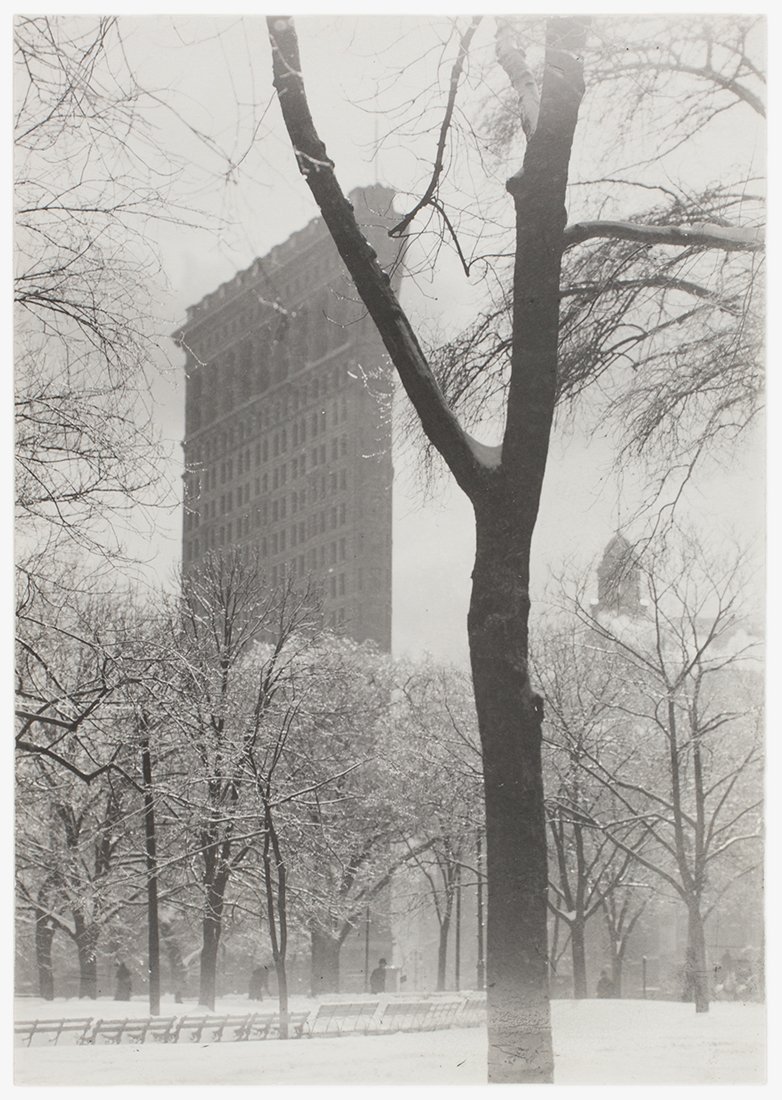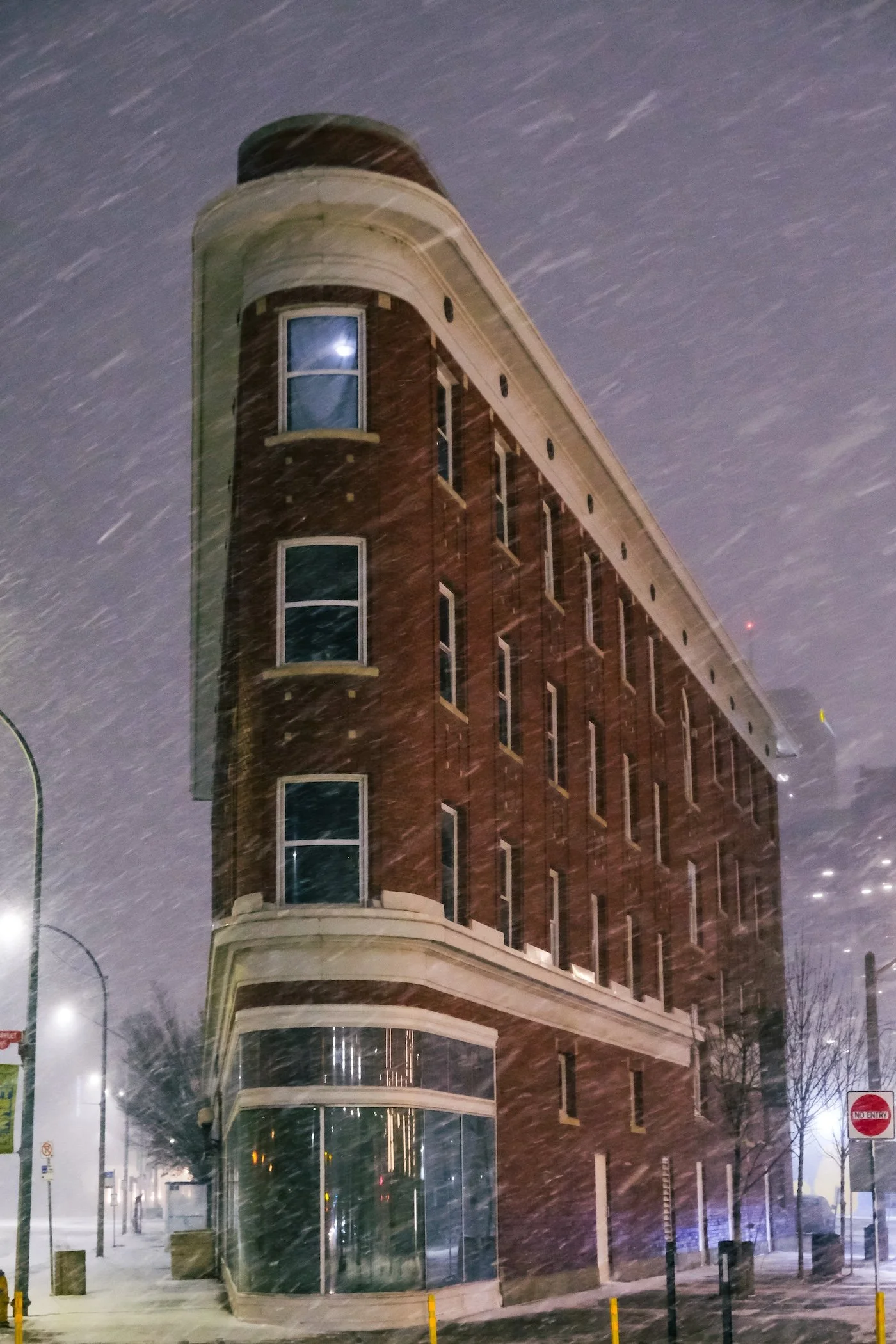Mixtape – This is Why
Here is today’s mixtape in the effort to live the words of Goethe, “One ought, every day at least, to hear a little song, read a good poem, see a fine picture, and, if it were possible, to speak a few reasonable words.”
1. A Song
The Decembrists’ song “This is Why We Fight” keeps rising up in my consciousness. I’m not sure even though what fighting looks like these days — I’m cognizant of safety levels being different. As Karen Walrond says, “Sometimes the way we stay in the fight looks different for each of us, depending on the risks to our own personal and physical safety.”
I think part of the answer for me is EMERGENCE, re: the poem below.
2. A Poem
This poem is from Jorie Graham’s [To] The Last [Be] Human. And one of the reasons I want to share it is because of what Robert Macfarlane says in his intro to the book about this specific poem, which is titled precisely that — Poem — because it is connected to all poems, poetic activity, life. Here is what Macfarlane says:
““Emergence” is the term given in biology, systems theory, and beyond for the properties or behaviours of an entity that its parts do not on their own possess. Graham’s poetry is strongly emergent, its effects irreducible to the sum or difference of its components. It shoals, schools, flocks, builds, folds. It has life. To read these four twenty-first-century books together in a single volume is to experience vastly complex patterns forming and reforming in the mind, eye, and ear. These poems sing within themselves, between one another, and across collections, and the song that joins them all is uttered simply in the first lines of the last poem of the last book.”
And that poem is the one below.
I’ve been thinking about EMERGENCE a lot lately, and you might remember me talking about it in my massive haha NY post, referencing the work of adrienne marie brown. But I think this is one of the possible ways forward. We have to get down to the work in our three metres of influence. We have to think: murmurations. Look what we can do when we move forward with good purpose. Like Macfarlane says, we need to think “shoals, schools, flocks, builds, folds.” We are the starlings. We are the murmurations. The knowledge is in us…we know what to do. We know how to fill up the emptiness with flight. We do.
Maybe it won’t be everything but it will be something.
And anyway: Jorie Graham’s title, [to] the last [be] human, is perfect. Even if we are the last human, we must be human to the last, to the ends.
Poem
by Jorie Graham
The earth said
remember me.
The earth said
don’t let go,
said it one day
when I was
accidentally
listening, I
heard it, I felt it
like temperature,
all said in a
whisper—build to-
morrow, make right be-
fall, you are not
free, other scenes
are not taking
place, time is not filled,
time is not late, there is
a thing the emptiness
needs as you need
emptiness, it
shrinks from light again &
again, although all things
are present, a
fact a day a
bird that warps the
arithmetic of per-
fection with its
arc, passing again &
again in the evening
air, in the pre-
vailing wind, making no
mistake—yr in-
difference is yr
principal beauty
the mind says all the
time—I hear it—I
hear it every-
where. The earth
said remember
me. I am the
earth it said. Re-
member me.
A really lovely chat about the poem on The Slow Down, in case you want to think about it some more.
The poet Li-Young Lee has said in an interview that “the whole universe is humming, vibrating. It’s that hum that I want to hear.” This is what art making does — the creative person is leaning into and listening for that universe-hum and then trying to convey it toward a future. I was thinking about all this when I wrote my character, Ingrid-Simone, in Rumi and the Red Handbag.
3. A Picture
The photograph I had in mind when I made the photo below last week in Edmonton was of the Stieglitz photo of NYC’s Flatiron. Amazing to think that many originally found the FlatIron in NY to be ugly, unstable, and the cause of gusting winds. It was also said to be a “stingy piece of pie” and a “monstrosity.” Obviously, tastes have changed.
The other quite famous photo of the NY building is by Edward Steichen. If you’re a fan of flatirons, there’s a list on Wikipedia.
I’ve photographed The Gibson Block in Edmonton, our flatiron, numerous times. But this was really one of my bucket list photos, so to speak. Pretty chuffed about it. If you like it and would like a print, I’m offering it on my Ko-fi page. Support a blog, a writer, and get a photograph as well :)
— Note on the header photograph (if you’re reading in the browser): I took this photo in Rome 2022 at the Galleria Nazionale and I have been thinking about it lately. The installation is a work of art by Glenda Leon. On her insta from back then, she talks about “aesthetic resistance,” which is something I’d like to ponder more. Is it enough? No. But does it help as being part of the emergence? the murmuration? The feeling not alone.






